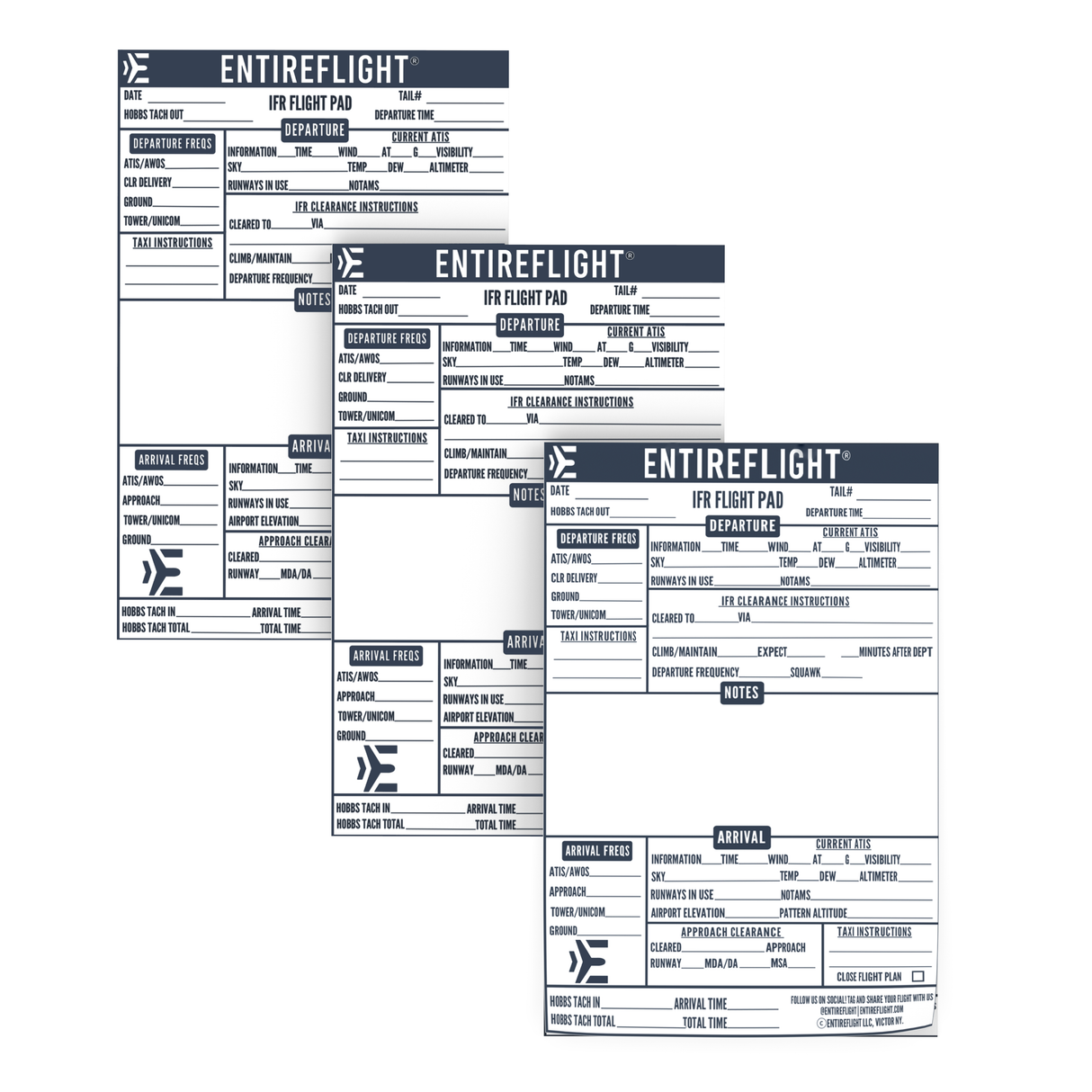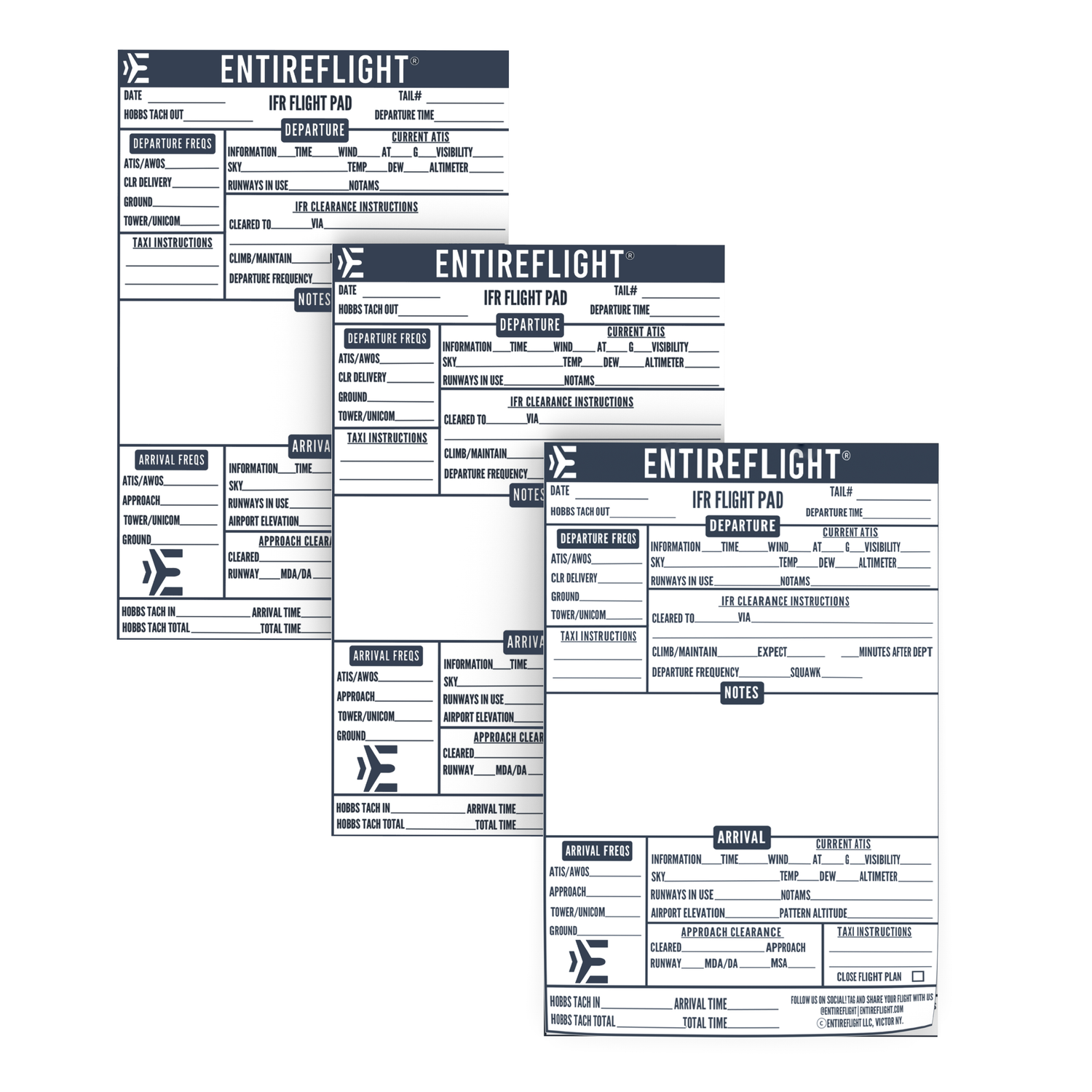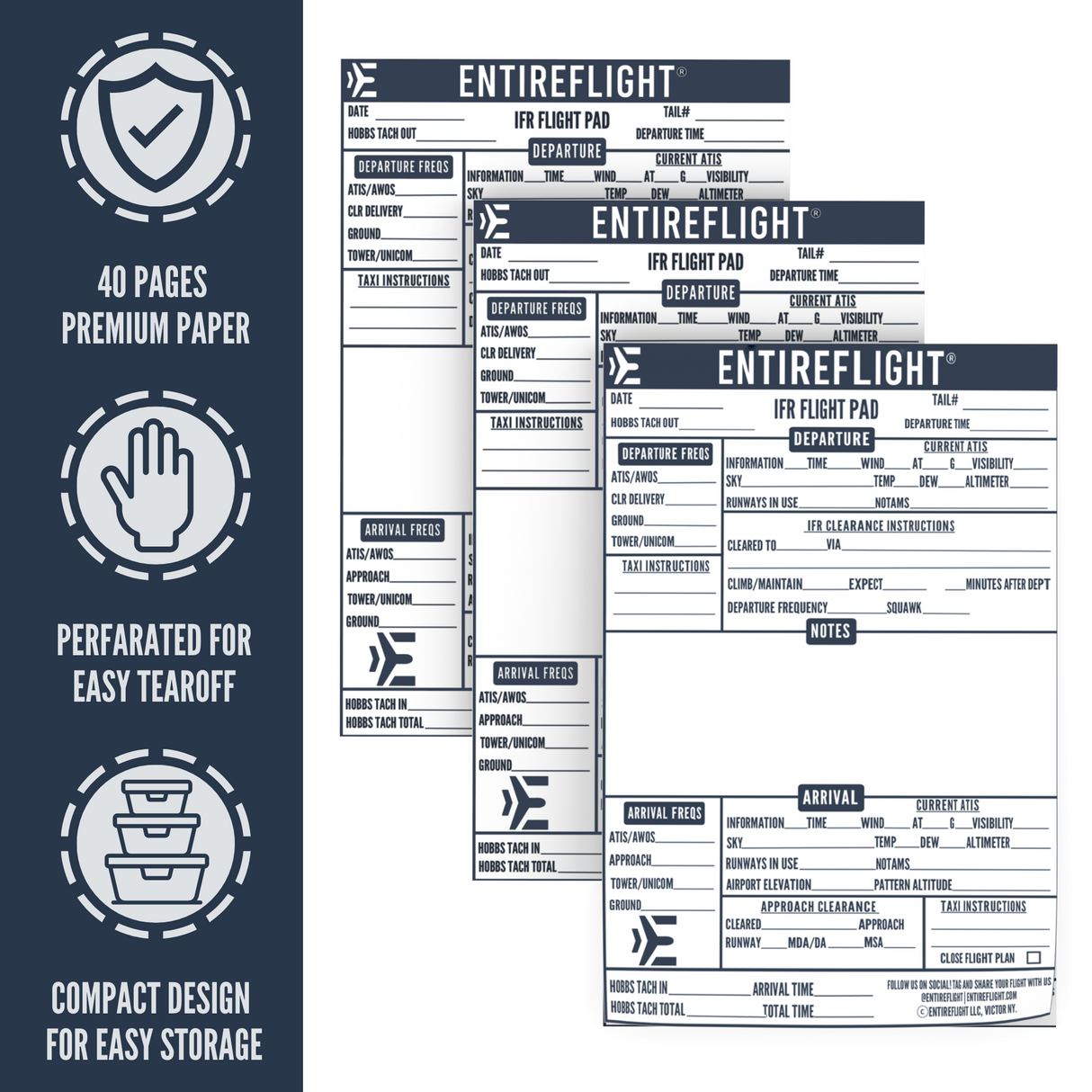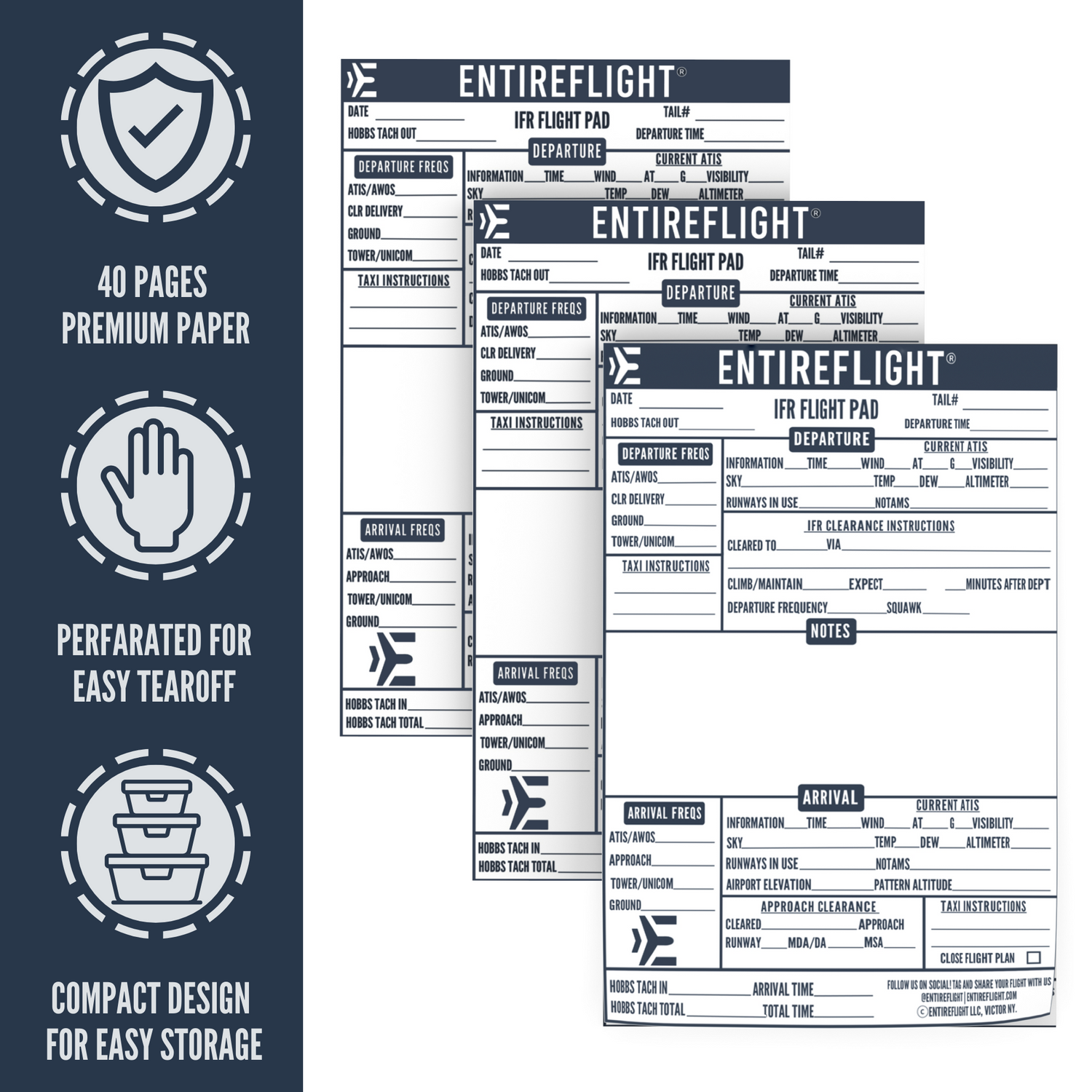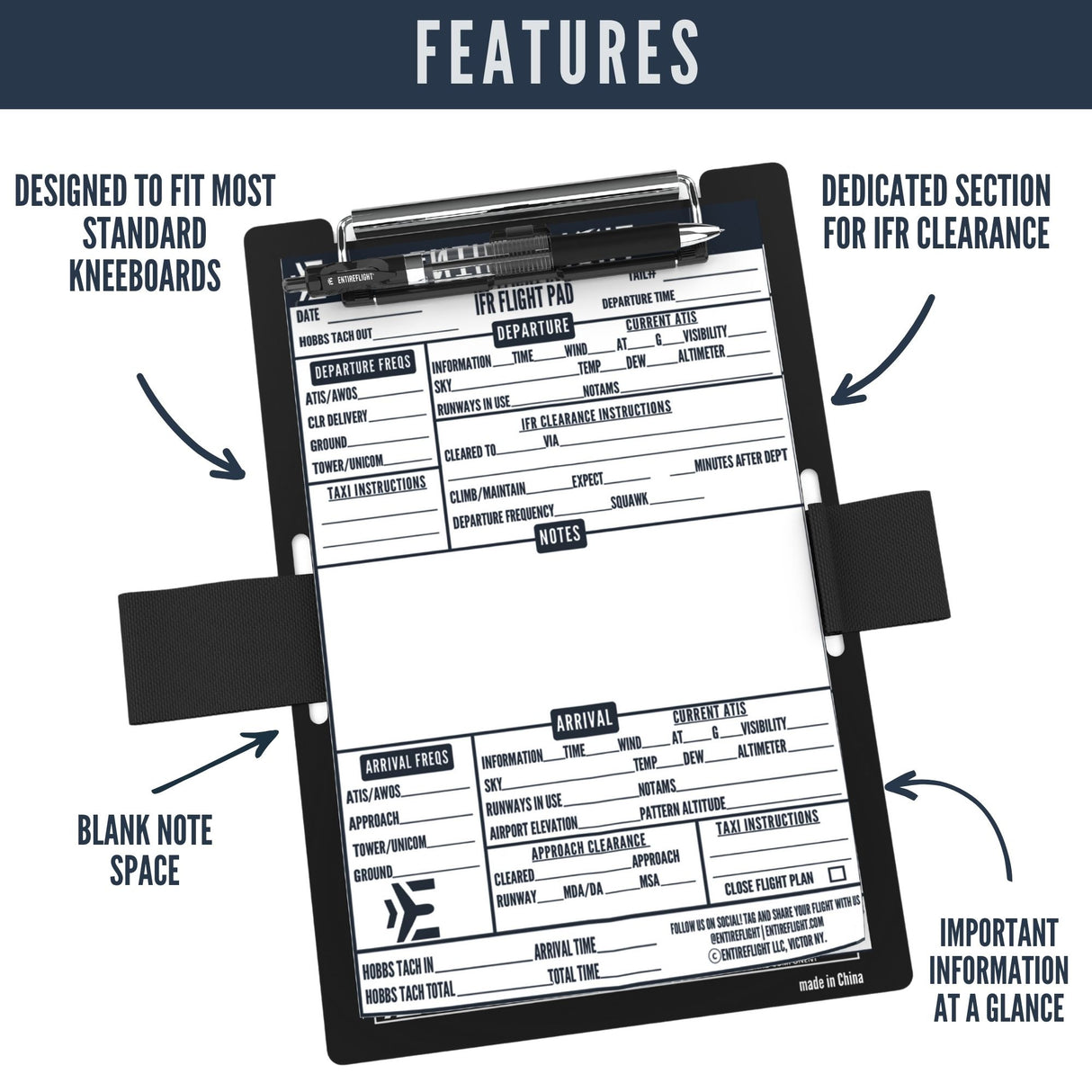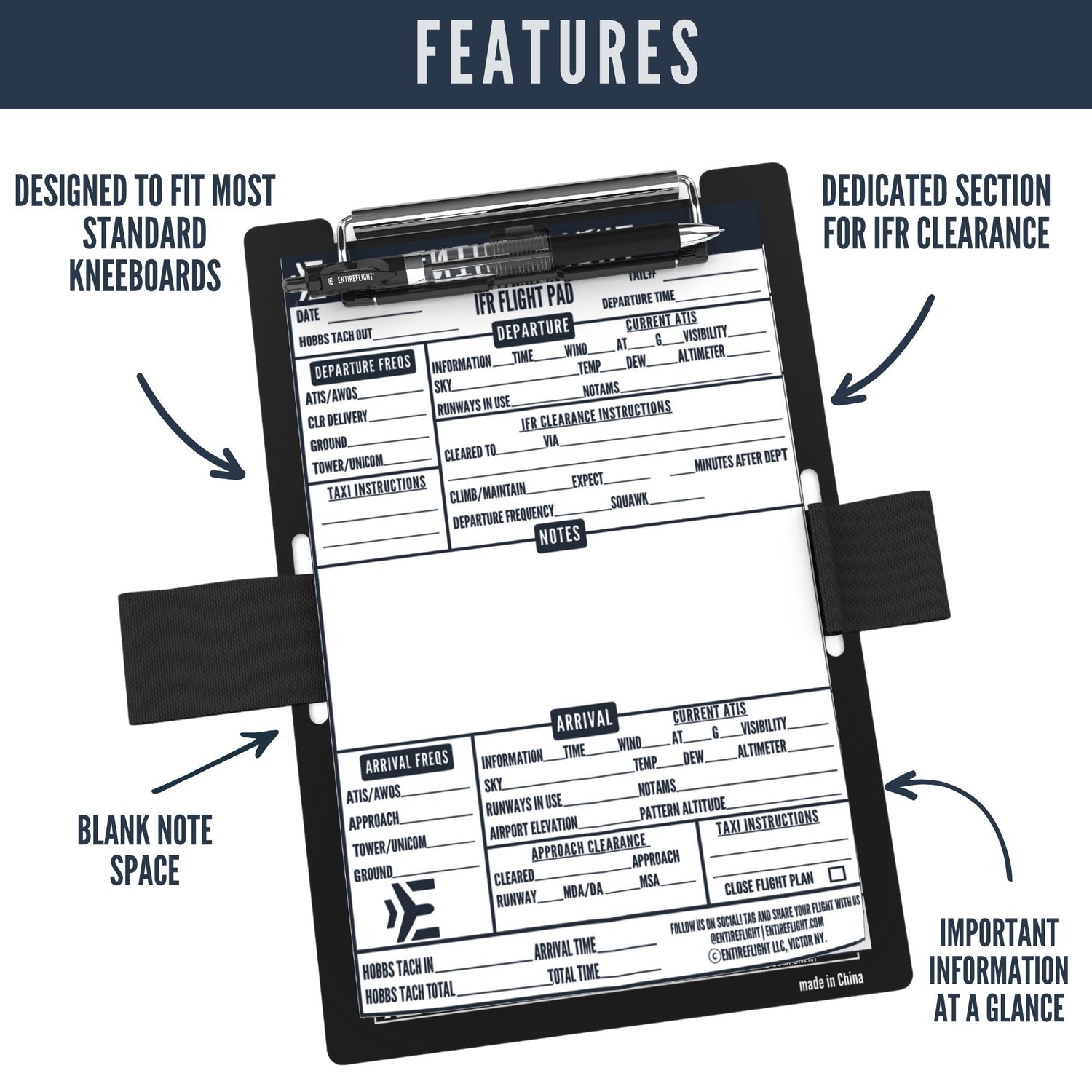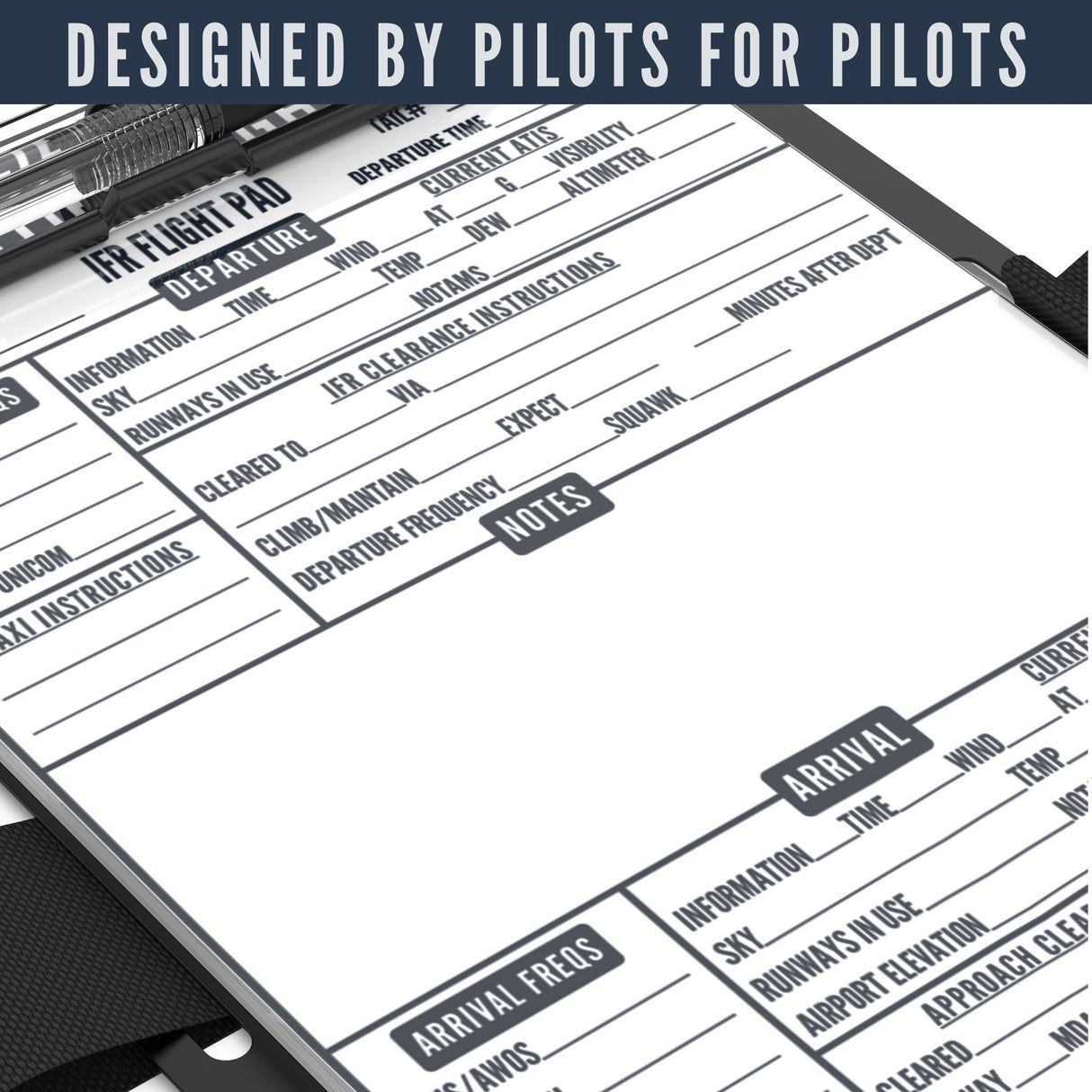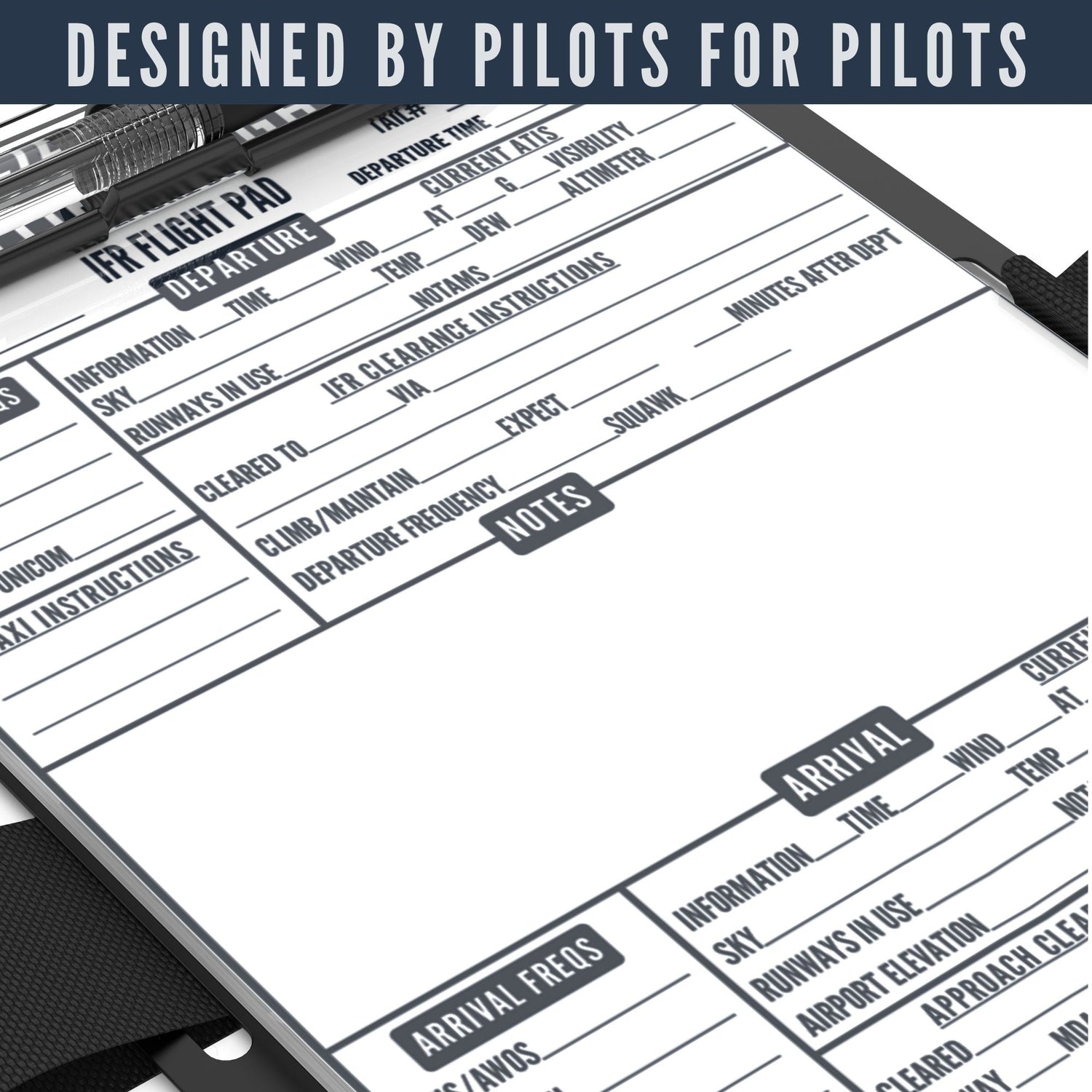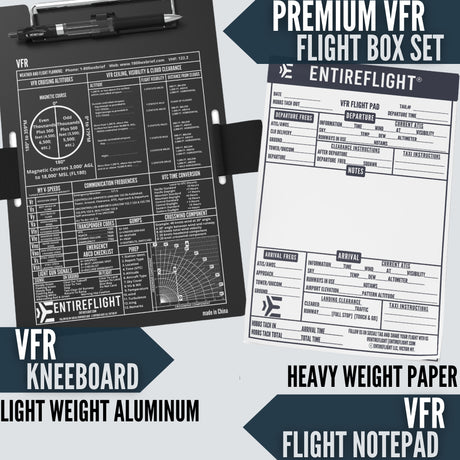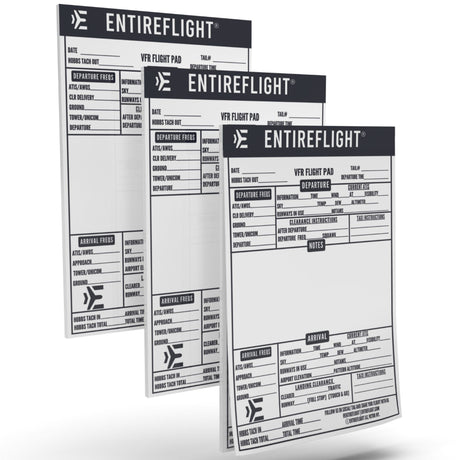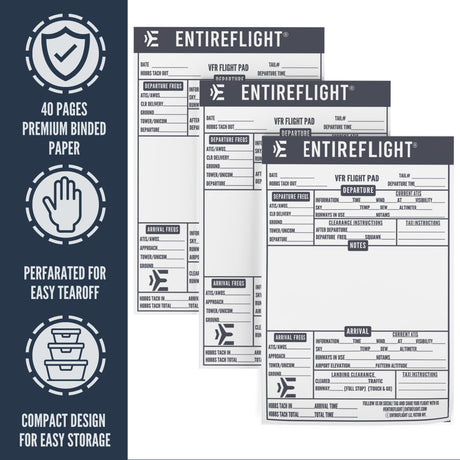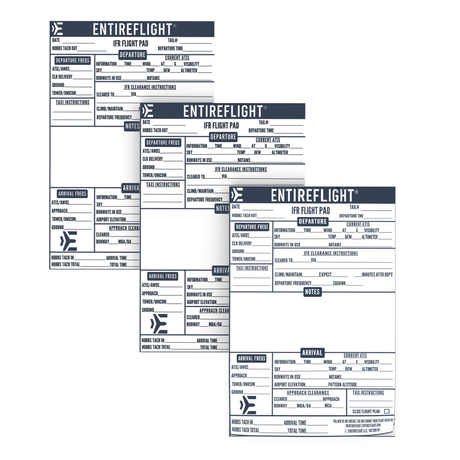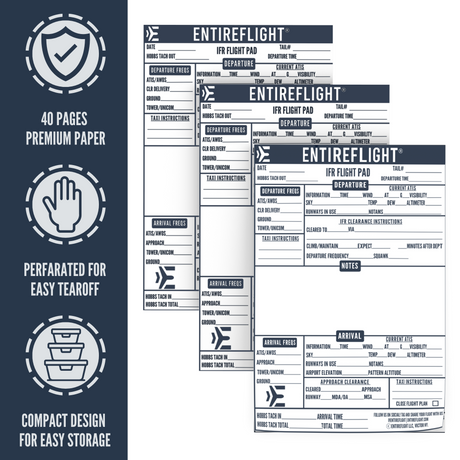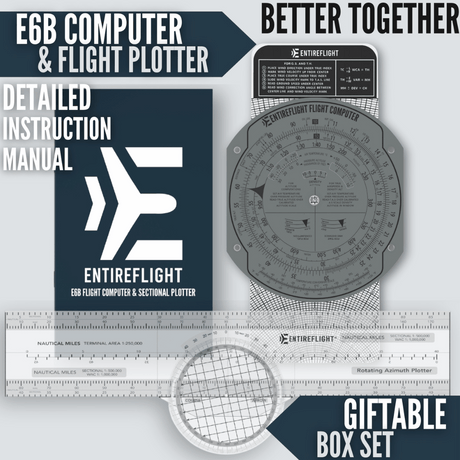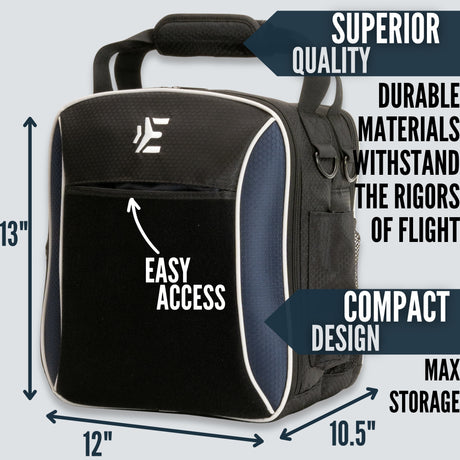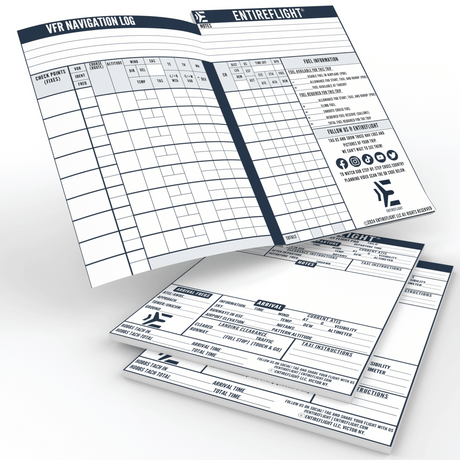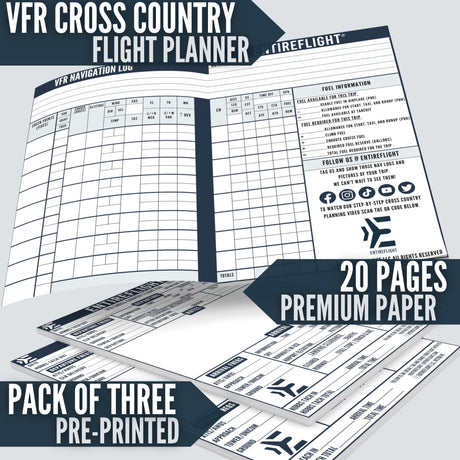Are you curious about the fastest aircraft in the world? If so, you're in the right place. For decades, humans have been pushing the limits of speed and engineering to create faster and more efficient aircraft. Today, there are several aircraft that have broken records and achieved incredible speeds.
One of the fastest aircraft in the world is the Lockheed SR-71 Blackbird, which holds the record for the fastest air-breathing manned aircraft. It was designed in the 1960s for reconnaissance missions and could reach speeds of up to Mach 3.2 (2,455 mph). Another notable aircraft is the North American X-15, which was a rocket-powered aircraft that set the world record for the fastest manned aircraft in 1967, reaching a speed of Mach 6.7 (4,520 mph). These aircraft, along with many others, have played a crucial role in advancing aviation technology and breaking barriers in speed and altitude.
The Concept of Speed in Aviation
When it comes to aviation, speed is an essential factor that determines the efficiency and effectiveness of any aircraft. The concept of speed in aviation is defined as the rate at which an aircraft moves through the air. It is measured in terms of velocity, which is the speed of an aircraft in a particular direction.
In aviation, speed is crucial because it determines the amount of time an aircraft takes to reach its destination. It also affects the amount of fuel consumed by the aircraft, as higher speeds require more fuel. Moreover, speed is a critical factor in aircraft design, as it determines the shape and size of the aircraft, the type of engine required, and the materials used in construction.
There are different types of speed that are relevant in aviation. The first is indicated airspeed, which is the speed of an aircraft as measured by an airspeed indicator. The second is ground speed, which is the speed of an aircraft relative to the ground. The third is true airspeed, which is the speed of an aircraft relative to the air in which it is flying.
Top 5 Fastest Aircrafts
When it comes to speed, some aircraft are in a league of their own. Here are some of the fastest aircraft in the world:
- Lockheed SR-71 Blackbird: This reconnaissance aircraft is capable of reaching speeds of up to Mach 3.3 (2,500 mph), making it the fastest manned aircraft ever built. Its top speed is classified, but it is believed to be around Mach 3.5 (2,685 mph).
- North American X-15: This experimental aircraft holds the world record for the highest speed ever recorded by a manned aircraft, at Mach 6.72 (4,520 mph). It was designed to test the limits of high-speed flight and was flown by NASA in the 1960s.
- MiG-25 Foxbat: This Soviet-era interceptor is capable of reaching speeds of up to Mach 3.2 (2,455 mph). It was designed to intercept high-altitude reconnaissance aircraft like the SR-71 and was in service with the Soviet Union and other countries for many years.
- F-15 Eagle: This US Air Force fighter jet is capable of reaching speeds of up to Mach 2.5 (1,875 mph). It has been in service since the 1970s and is still considered one of the most capable fighter aircraft in the world.
- Concorde: This supersonic passenger jet was capable of reaching speeds of up to Mach 2.04 (1,354 mph). It was in service from 1976 to 2003 and was the only supersonic passenger aircraft ever to enter commercial service.
These aircraft represent some of the fastest and most advanced engineering feats in aviation history. While some of them are no longer in service, their legacy lives on as a testament to human ingenuity and the pursuit of speed.
Future of High-Speed Aircraft
The future of high-speed aircraft is promising, with new technological advancements and challenges on the horizon.
Technological Advancements
One of the major technological advancements in the field of high-speed aircraft is the development of hypersonic engines. These engines are capable of reaching speeds of up to Mach 5 or more, which is five times the speed of sound. This means that future aircraft will be able to travel faster and cover longer distances in a shorter amount of time.
Another technological advancement is the use of lightweight and advanced materials in aircraft construction. These materials are stronger and more durable than traditional materials, which makes them ideal for high-speed aircraft. They also help reduce the weight of the aircraft, which in turn reduces its fuel consumption and increases its speed.
Challenges
Despite the promising advancements, there are still challenges that must be overcome in order to make high-speed aircraft a reality. One of the biggest challenges is the development of materials that can withstand the extreme temperatures and pressures that come with traveling at hypersonic speeds. Another challenge is the development of safe and reliable navigation systems that can handle the high speeds and altitudes of these aircraft.
Additionally, there are concerns about the environmental impact of high-speed aircraft. The sonic booms created by these aircraft can cause noise pollution and disturb wildlife, while the increased fuel consumption can contribute to climate change.
Overall, the future of high-speed aircraft is exciting, but there are still challenges that must be addressed in order to make it a reality. With continued research and development, we may soon see aircraft that are capable of traveling at incredible speeds and revolutionizing the way we travel.
Conclusion
You have now learned about some of the fastest aircraft in the world. From the SR-71 Blackbird to the X-43, these planes have pushed the boundaries of what is possible in terms of speed and performance.
While some of these aircraft are no longer in use, their legacy lives on as a testament to human ingenuity and the pursuit of excellence. Whether you are an aviation enthusiast or simply interested in the incredible feats of engineering that have been accomplished over the years, these planes are sure to inspire awe and wonder.
As technology continues to evolve, it is likely that we will see even faster and more advanced aircraft in the future. Who knows what the next generation of planes will be capable of?
One thing is for sure: the quest for speed and innovation will never cease, and we can look forward to even more incredible achievements in the years to come.
Frequently Asked Questions
1 - Which passenger plane holds the record for the fastest speed?
The passenger plane that holds the record for the fastest speed is the Tupolev Tu-144, also known as the "Concordski". It achieved a maximum speed of Mach 2.35 in 1969.
2 - Has any aircraft ever reached Mach 10?
No manned aircraft has ever reached Mach 10. However, the unmanned X-43A Scramjet reached a speed of Mach 9.6 in 2004.
3 - What is the highest Mach speed ever recorded by an aircraft?
The highest Mach speed ever recorded by an aircraft is Mach 9.8, achieved by the unmanned NASA X-43 in 2004.
4 - What is the fastest jet currently in operation?
The fastest jet currently in operation is the Mikoyan MiG-31 Foxhound, which has a top speed of Mach 2.83.
5 - What is the fastest speed ever achieved by a manned aircraft?
The fastest speed ever achieved by a manned aircraft is Mach 6.70, achieved by the North American X-15 in 1967.

